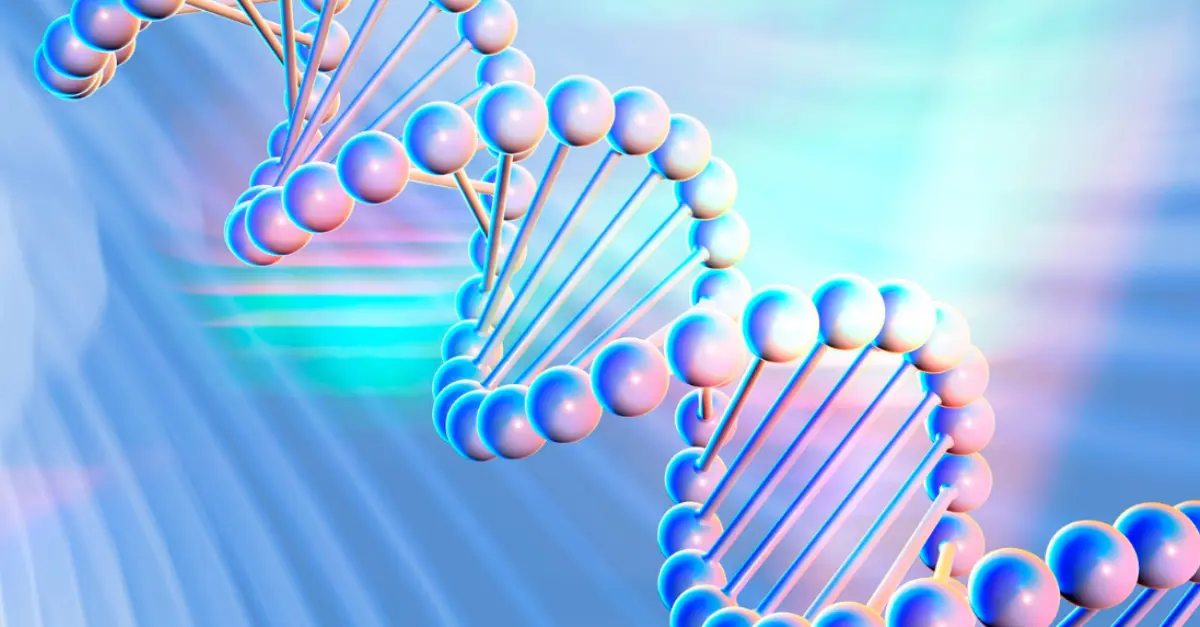At Allucent, we go the distance in rare disease. Recently, we have been exploring the subject in greater detail. We started with an article that had appeared in Nature (read it here) and then started looking at rare disease research (click here). So far, we have covered small molecules (access it here), antibody therapy (read it here), protein replacement therapies (click here for the article), and oligonucleotide therapies (available here).
In this article, we will take a closer look at gene therapies in rare disease research.
What is Gene Therapy?
Gene or cell therapy involves leveraging genes to treat disorder, condition, or disease at a cellular or genetic level. In the case of rare diseases, this typically manifests in one of two ways. On the one hand, gene therapy may be used to compensate for a protein that no longer functions appropriately. A vector is used to develop a transgene which effectively recodes the protein. On the other hand, gene therapy may also be used to suppress a malfunctioning gene. In this scenario, a transgene recodes a strand of RNA (ribonucleic acid) to inhibit a particular gene expression.
Gene therapy in rare diseases generally happens in one of two ways: the vector may be injected directly into the affected tissue or the cells could be modified at a genetic level and reinserted in the body. The former is common when an organ is impacted. This approach helps minimize undesirable effects and promotes the uptake of gene therapy. The latter is seen more in hematological disorders. There is a third method that involves transplanting cells into the body, such as seeking to treat an eye disorder by transplanting retinal cells or using CAR T-cells (chimeric antigen receptor T-cells) to target tumor antigens. The cell source determines how gene or cell therapies are categorized. In some cases, the therapy is patient-specific while others are designated “off-the-shelf.”
Clinical Success in Gene Therapies and Rare Disease Research
Clinical efficacy has been demonstrated for a number of diseases. Hemophilia responds well to gene- and cell-based therapies as well as many other conditions, including a type of retinal degeneration as well as aromatic L-amino acid decarboxylase deficiency. Alipogene tiparvovec was the first gene therapy that received approval for distribution in a major market – that was in 2013 by the European Medicines Agency (EMA). The drug was a treatment for lipoprotein lipase deficiency. It was later withdrawn because of commercial issues, but it paved the way for new treatments from this drug class. In 2017, the United States approved its first gene therapy drug – voretigene neparvovec – as a treatment for a type of inherited blindness. The European Union approved the drug shortly thereafter.
Gene and cell therapies are also seen in the use of Car T cell approaches to rare oncology – namely axicabtagene ciloleucel for large B cell non-Hodgkin lymphoma and tisagenlecleucel for acute lymphoblastic leukemia (ALL).
Strengths and Limitations of the Platform
The treatments developed from this drug class have a reputation for clear clinical efficacy in the treatment of rare monogenic conditions. Gene and cell therapy also works well in treating diseases on the liver, nervous system, and retina. However, there is a limiting factor at play – developing drugs on this development platform is complex and that translates into higher production costs. Achieving consistency is challenging. Often there is a manual component in the development of the treatment to ensure patient safety, but that practice is difficult to manage and scale. Furthermore, gene therapy relies on a long-term expression of the modified gene.
Answering the Challenge of Rare Disease Research
Generally speaking, gene and cell therapy as a drug class is still very early in its development. The field is sure to grow and evolve over time as medical professionals find ways to improve the chemistry, manufacturing, and controls (CMC) involved. As engineering and technology improves, the viability of gene and cell therapy may also increase, particularly for those conditions that require a one-time treatment or cure, effectively.
Please note, this post is the sixth in a series of eight articles centered on trends in rare disease research:
- Rare Disease Research
- Small Molecules
- Antibodies
- Protein Replacements
- Oligonucleotides
- Gene Therapy
- Drug Repurposing
- The Future of Rare Disease Research
For more information on Allucent’s rare disease experience, visit our website.
Sources
- Genetics Home Reference, What is Gene Therapy? National Institutes of Health (2020). https://ghr.nlm.nih.gov/primer/therapy/genetherapy
- Patel, U., Boucher, M., de Léséleuc, L., and Visintini, S., Voretigene Neparvovec: An Emerging Gene Therapy for the Treatment of Inherited Blindness. SourceCADTH Issues in Emerging Health Technologies. Ottawa (ON): Canadian Agency for Drugs and Technologies in Health; 2016-.169. (2018). https://www.ncbi.nlm.nih.gov/pubmed/30855774
- The Pharmaceutical Journal, Glybera first gene therapy to gain EMA approval. The Pharmaceutical Journal, Vol. 289, p116 (2012). https://www.pharmaceutical-journal.com/news-and-analysis/news/glybera-first-gene-therapy-to-gain-ema-approval/11104528.article
- Tambuyzer, E., Vandendriessche, B., Austin, C.P. et al. Publisher Correction: Therapies for rare diseases: therapeutic modalities, progress and challenges ahead. Nat Rev Drug Discov (2020). https://doi.org/10.1038/s41573-019-0059-7
